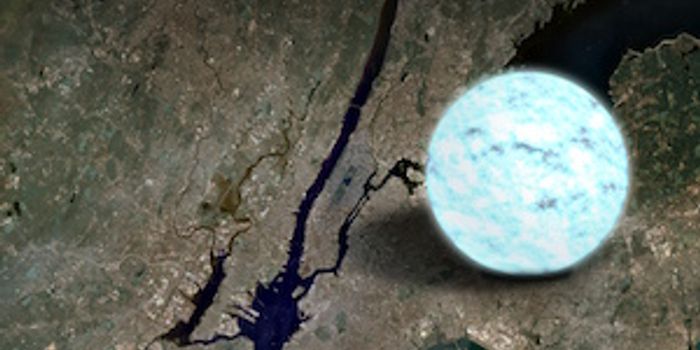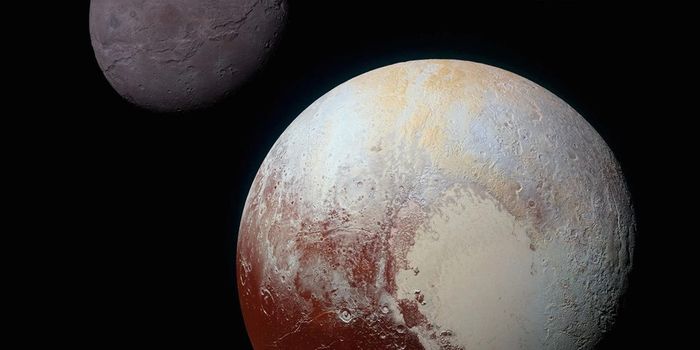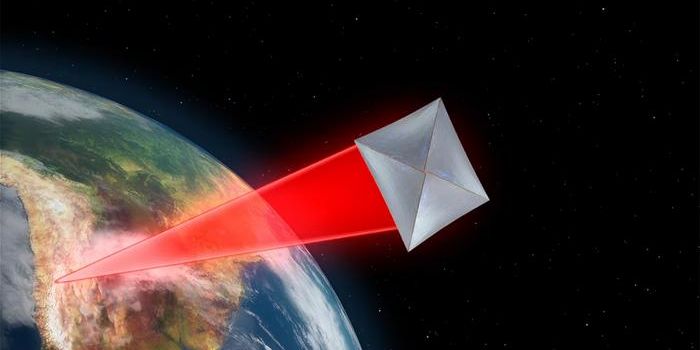Early Stellar Evolution Imprints in Stellar Oscillations
A new study published in Nature Communications is shedding new light on the theory of stellar evolution. Astronomers at the University of Innsbruck have shown that the way a star forms has an impact on its behavior at later stages in its life.
Classical models of stellar evolution have not placed much importance on the early evolution of a star up until now. The early stages of stellar evolution are quite complex and turbulent and therefore, can be difficult to model, and have historically been a major challenge for astronomers. In their early lives, stars gain mass from the molecular clouds they are born out of. Models of stellar evolution usually ignore this accretion phase and just assume stars are large spheres that contract due to their own gravity, and are born when they contract enough such that their density is high enough for fusion processes to ignite in their cores. By modeling stars in such a way, you are assuming that anything that happens prior to this ignition has no effect on its evolution.
The researchers involved in this study stress that the accretion process does indeed have an impact on the star throughout its history, and leaves an imprint in the perturbations – or oscillations – of the star. One of the few ways to learn about the formation, structure, or age of stars is to observe their oscillations. This is very similar to seismology and how studying the perturbations through Earth, we can learn about the structure of Earth. The study of stellar oscillations – or asteroseismology – has evolved significantly in recent years. To detect these small perturbations in stars, precise observations must be made. Advances in space telescopes in recent years has allowed for this level of precision.
The paper presents a model that can be used to realistically depict the earliest stages of a star’s life, long before it begins to fuse hydrogen into helium in its core. The model is based on the open-source stellar evolution software MESA (Modules for Experiments in Stellar Astrophysics). The team spent months refining the model to use it to recreate the chaotic phase of early star formation and then predict the resulting oscillations. One can then take these predicted oscillations and compare real observations of stellar perturbations to test the accuracy of the model.
Thus, the team has been able to directly show that the way a star is formed has an impact on its oscillatory behavior long after it has moved past its infancy. The models will provide astronomers with detailed information about the interior structure of these young pulsating stars.
Source: University of Innsbruck








